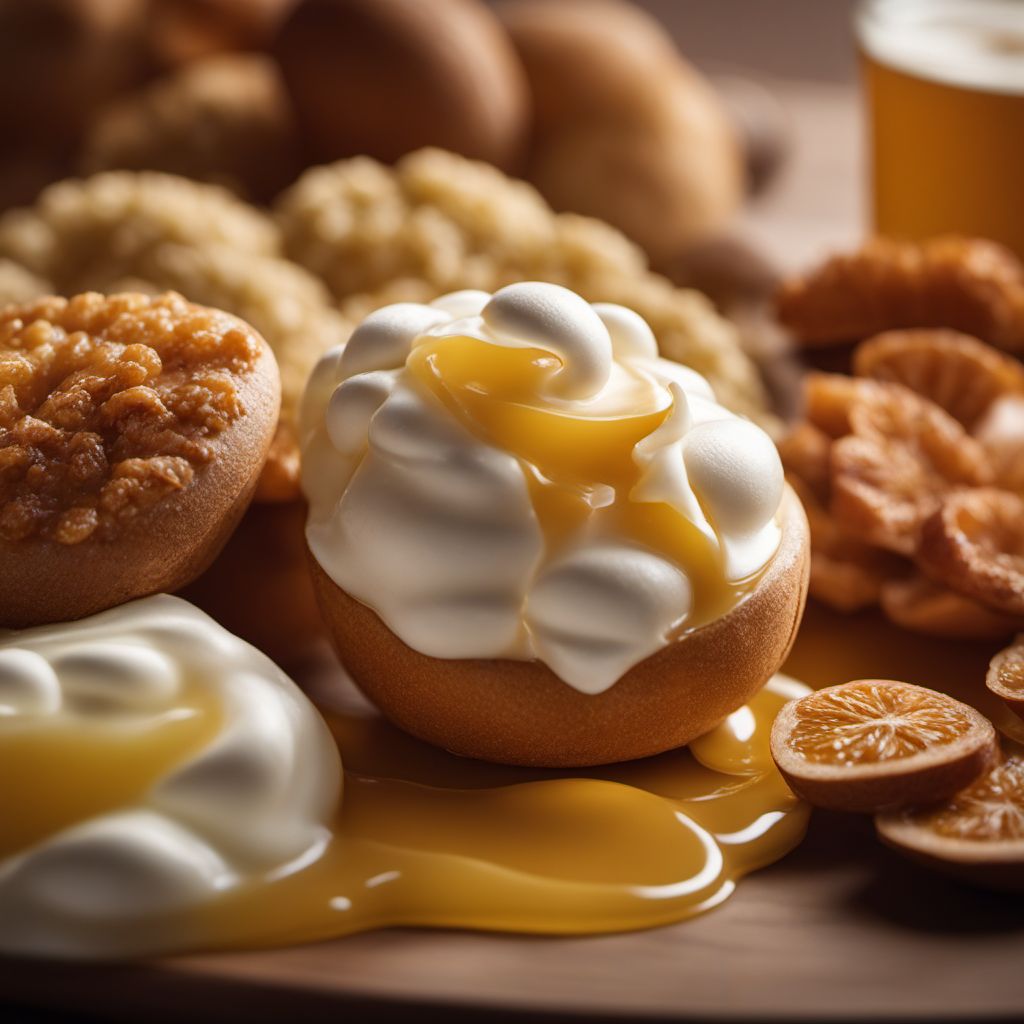
Ingredient
Buns
The Pillowy Delights: Exploring the World of Buns
Buns are soft, round bread rolls with a tender crumb and a slightly crisp exterior. They are typically made from flour, yeast, water, sugar, and salt, resulting in a dough that is enriched with butter or oil to enhance its texture and flavor. Buns have a light and fluffy interior, making them perfect for holding fillings or spreading with butter and jam. Their size can vary, ranging from small slider buns to larger burger buns.
Origins and history
The origin of buns can be traced back to ancient Egypt, where they were made using a simple mixture of flour and water. Over time, buns gained popularity in various cultures, with each region adding its own unique twist. For example, Chinese steamed buns, known as "baozi," have been enjoyed for centuries, while the British have their iconic hot cross buns traditionally eaten during Easter.
Nutritional information
Buns are a good source of carbohydrates, providing energy for the body. They also contain small amounts of protein and fiber. The exact nutritional content may vary depending on the specific recipe and size of the bun.
Allergens
Buns may contain allergens such as wheat, gluten, and dairy, depending on the recipe and any added fillings or toppings.
How to select
When selecting buns, look for ones that are soft and fresh. Avoid buns that are overly dense or have a dry exterior. Check for any signs of mold or staleness. Additionally, consider the size and shape of the bun based on your intended use, whether it's for sliders, burgers, or sandwiches.
Storage recommendations
To maintain the freshness of buns, store them in a paper bag or bread box at room temperature for up to two days. For longer storage, freeze the buns in an airtight container or freezer bag for up to three months. Thaw frozen buns at room temperature or gently warm them in an oven before serving.
How to produce
Amateur bakers can produce buns by following a simple recipe that involves combining flour, yeast, water, sugar, salt, and fat. The dough is then kneaded, allowed to rise, shaped into individual buns, and baked until golden brown.
Preparation tips
Before using buns, consider toasting or lightly buttering them for added flavor and texture. Buns can be sliced horizontally and filled with various ingredients such as meats, cheeses, vegetables, or spreads. They can also be used as a base for sliders, mini sandwiches, or as a side to soups and stews.
Culinary uses
Buns are commonly used in a variety of dishes, including hamburgers, sandwiches, hot dogs, and sliders. They can also be enjoyed on their own, served with butter or jam, or used as a base for mini appetizers.
Availability
Buns are widely available in grocery stores, bakeries, and supermarkets worldwide.
More ingredients from this category
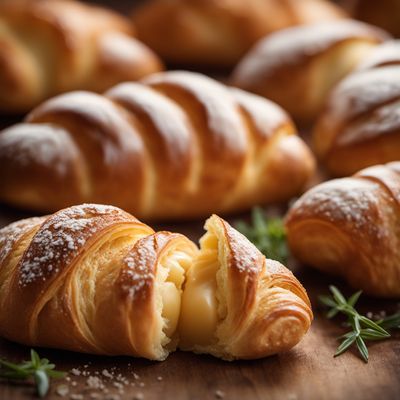
Croissant
The Flaky Indulgence of Croissant
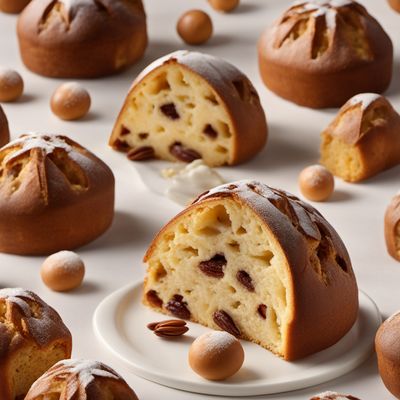
Brioche type products
The Art of Buttery Indulgence
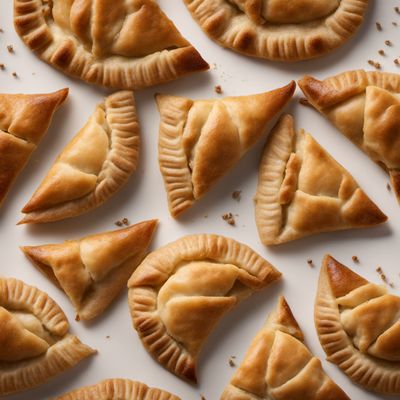
Flat bread-based pastry
Flaky Delights: Exploring the World of Flat Bread-Based Pastries

Kringles
"Delightful Danish Pastries: Exploring the World of Kringles"

Doughnuts-berliner
The Irresistible Delight of Berliner Doughnuts
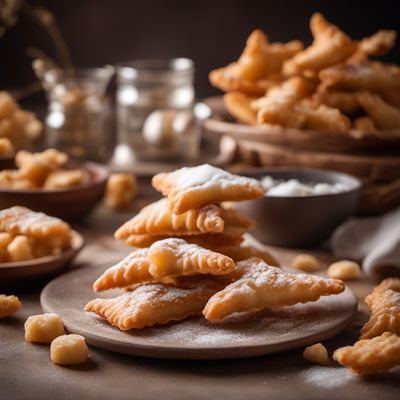
Fried dough sweet
Crispy Delights: Exploring the World of Fried Sweet Dough
Recipes using Buns » Browse all

Anguillan Island Dog
Savory Island Delight: Anguillan Island Dog Recipe

Wisconsin Cheesy Stuffed Burger
Cheese Explosion Burger: A Taste of Wisconsin's Cheesy Delight

Tongan-style Ham and Egg Bun
Savory Island Delight: Tongan Ham and Egg Bun

Classic Cheeseburger with a Twist
Savory Juicy Cheeseburger Delight

Pit Beef Sandwich
Smoky Grilled Beef Delight

Acehnese Spicy Tuna Bun
Fiery Tuna Delight: Acehnese Spicy Tuna Bun

X-Tudo Burger
The Ultimate Brazilian Burger Delight

Northeastern Cheesy Hot Dog
Savory Delight: Northeastern Cheesy Hot Dog

Swedish-style Pulled Pork Sandwich
Nordic Delight: Swedish-inspired Pulled Pork Sandwich

Chow Mein Sandwich
Crispy Noodle Delight: A Fusion of Chinese and American Flavors

Donkey Burger with a Western Twist
Savory Donkey Burger: A Fusion of East and West
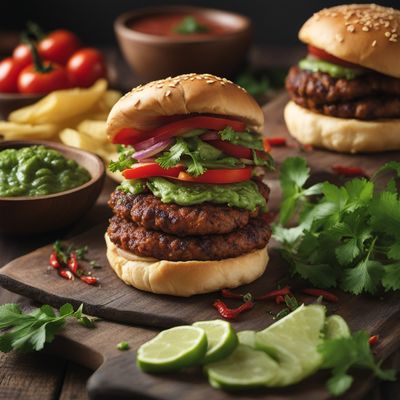
Bun Kebab with Spicy Potato Patties
Savor the Flavors of Pakistan: Spicy Potato Patties in a Bun